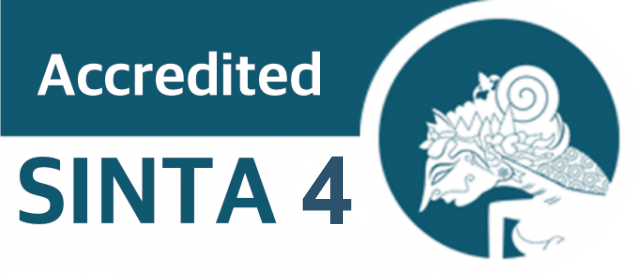Student Response to the Implementation of E-Module-Assisted Cybergogy in Junior High School Students
DOI:
10.29303/jpm.v20i2.8602Published:
2025-03-22Issue:
Vol. 20 No. 2 (2025)Keywords:
Cybergogy; E-Module; Student ResponseArticles
Downloads
How to Cite
Downloads
Metrics
Abstract
The low involvement of students in learning is still a challenge, one of which is influenced by the lecture method, which is still dominant in the teaching and learning process. The application of technology-based learning, such as e-module-assisted cybergoth, is expected to increase students' positive responses. This study aims to analyze students' responses to the application of e-module-assisted cybergogy in science learning. This study uses a quasi-experimental method with a one-shot case study design involving 32-grade VIII-D SMPN 1 Bagor students. Data was collected through student response questionnaires and analyzed using descriptive statistics. The results showed that implementing e-module-assisted cybergogy resulted in very positive student responses, with an average response score of 99.1%. In conclusion, this approach can increase student engagement in science learning. This research implies that educators can adopt e-module-assisted cybergogy to create more interactive and innovative learning.
References
D. Ramadan, I. Yulianti, M. I. Rizal, dan I. Ikhsanuddin, “Pendidikan Era Cybergogy: Bagaimana Strategi Guru Profesional untuk Menghadapinya?,” Vocat. Educ. Natl. Semin., vol. 1, no. 1, hal. 71–76, 2022.
V. Mardian, U. P. Indonesia, M. I. Addainuri, U. Islam, N. Sunan, dan K. Yogyakarta, Potret pendidikan dan pembelajaran di indonesia, 1 ed., no. April. Pamekasan: Alifba Media, 2024.
M. K. Pratiwi dan S. Indana, “Pengembangan E-Modul Berbasis QR-Code untuk Melatihkankemampuan Literasi Digital Siswa pada Materi Perubahan lingkungan,” Berk. Ilm. Pendidik. Biol., vol. 11, no. 2, hal. 457–468, 2022, doi: 10.26740/bioedu.v11n2.p457-468.
OECD, PISA 2018 Results (Volume I): What Students Know and Can Do, PISA, Paris: OECD Publishing, 2019, https://doi.org/10.1787/5f07c754-en
OECD, PISA 2022 Results (Volume I): The State of Learning and Equity in Education, PISA, Paris: OECD Publishing, 2023, https://doi.org/10.1787/53f23881-en
A. Prastowo, Sumber Belajar dan Pusat Sumber Belajar, Depok: Prenadamedia Grup, 2018.
S. Wahyuni, E. U. P. Wulandari, Rusdianto, R. E. Fadilah, dan F. Yusmar, “Pengembangan Mobile Learning Module Berbasis Android Untuk Meningkatkan Literasi Digital Siswa Smp,” LENSA (Lentera Sains) J. Pendidik. IPA, vol. 12, no. 2, hal. 125–134, 2022, doi: 10.24929/lensa.v12i2.266
F. Gunawan, R. Susanti, dan A. Putra, “Pengaruh Media Pembelajaran Interaktif terhadap Motivasi Belajar Siswa dalam Mata Pelajaran IPA,” Jurnal Pendidikan Sains, vol. 8, no. 2, hlm. 112–125, 2020.
R. E. Mayer, Multimedia Learning, 3rd ed. Cambridge, UK: Cambridge University Press, 2021. doi: https://doi.org/10.1017/9781108894333.003
S. Sa’adah, S. Maryanti, M. Maspupah, dan A. Mas’ud, “Literasi Digital Mahasiswa Calon Guru Biologi dalam Menyusun Bahan Ajar Berbasis Audio Visual,” Artik. Penelit., no. 2019, hal. 1–11, 2020, [Daring]. Tersedia pada: http://digilib.uinsgd.ac.id/30681/1/Literasi Digital Mahasiswa Dalam Menyusun Bahan Ajar.pdf.
V. Yuliana, J. Copriady, dan M. Erna, “Pengembangan E-Modul Kimia Interaktif Berbasis Pendekatan Saintifik Menggunakan Liveworksheets pada Materi Laju Reaksi,” J. Inov. Pendidik. Kim., vol. 17, no. 1, hal. 1–12, 2023, doi: 10.15294/jipk.v17i1.32932.
T. Khoirunisa, “Pengembangan Model Pembelajaran Pendidikan Agama Islam Berbasis E-Modul Flipbook,” 2023. doi: https://doi.org/10.56667/dejournal.v4i1.970
I. Diraya, A. Budiyono, dan M. Triastutik, “Kontribusi Virtual Lab Phet Simulation untuk Membantu Praktikum Fisika Dasar,” Phenom. J. Pendidik. MIPA, vol. 11, no. 1, hal. 45–56, 2021, doi: 10.21580/phen.2021.11.1.7367.
Sugiyono, Metode Penelitian & Pengembangan: Research and Development, Yogyakarta: Alfabeta Bandung, 2017.
R. H. Handayani, & M. Muhammadi, Pengaruh Model Pembelajaran Problem Based Learning Terhadap Hasil Belajar Siswa dalam Pembelajaran Tematik Terpadu di Kelas V SD, e-Journal Inovasi Pembelajaran SD, vol. 8, no. 5, hal 78–88, 2023. doi: https://doi.org/10.36709/jipsd.v5i1.7
S. Arikunto, Prosedur Penelitian: Suatu Pendekatan Praktik, Jakarta: Rineka Cipta, 2023.
S. Nerita, A. Ananda, dan Mukhaiyar, “Pemikiran Konstruktivisme dan Implementasinya dalam Pembelajaran,” Jurnal Education and Development, vol. 11, no. 2, hlm. 292–297, 2023. doi: 10.37081/ed.v11i2.4634.
I. Fadilah, R. Rusdi, and R. H. Ristanto, “Development of hormone system teaching material for distance learning to improve students’ digital literacy,” Jurnal Pijar MIPA, vol. 18, no. 3, pp. 290–304, 2023. doi: https://doi.org/10.29303/jpm.v18i3.4587
S. Kaeophanuek, J. Na-Songkhla, and P. Nilsook, “How to enhance digital literacy skills among,” International Journal of Information and Education Technology, vol. 8, no. 4, pp. 292–297, 2018.doi: 10.18178/ijiet.2018.8.4.1050
A. Muktamar, R. Agusnawati, M. Maulana, dan J. Awal, “Pengambilan Keputusan dan Perencanaan Kebijakan,” J. Int. Multidiscip. Res., vol. 1, no. 2, hal. 1125–1135, 2023.
Author Biographies
Novitasari Ramadhani, Science Education Department, Faculty of Mathematics and Natural Sciences, State University of Surabaya
Hasan Subekti, Science Education Department, Faculty of Mathematics and Natural Sciences, State University of Surabaya
License
Copyright (c) 2025 Novitasari Ramadhani, Hasan Subekti

This work is licensed under a Creative Commons Attribution 4.0 International License.
The following terms apply to authors who publish in this journal:
1. Authors retain copyright and grant the journal first publication rights, with the work simultaneously licensed under a Creative Commons Attribution License 4.0 International License (CC-BY License) that allows others to share the work with an acknowledgment of the work's authorship and first publication in this journal.
2. Authors may enter into separate, additional contractual arrangements for the non-exclusive distribution of the journal's published version of the work (e.g., posting it to an institutional repository or publishing it in a book), acknowledging its initial publication in this journal.
3. Before and during the submission process, authors are permitted and encouraged to post their work online (e.g., in institutional repositories or on their website), as this can lead to productive exchanges as well as earlier and greater citation of published work (See The Effect of Open Access).











